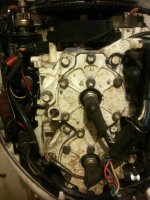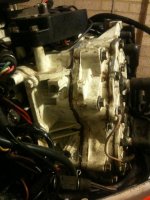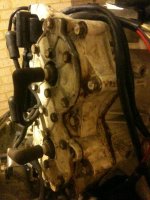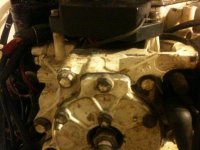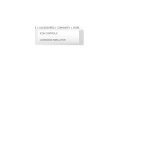I will be installing a new helm panel, which will accommodate new marine gauges for my outboard.
I can fit 4 x holes for these guages.
I am wanting the following guages:
I am also thinking of getting a digital voltmeter...thougths?
What Maxium / Minimum amp range do I need to consider?
What maximum / minium volt range do I need to consider?
What is the highest temperature I should be expecting to see?
What background colour (within the gauge) is best for functionality and why (black or white)?
Is there a special consideration I need to take into account when acquiring the tacho for this particular motor (i.e. # poles, etc)?
Besides VDO, what other brands do u recommend for these guages?
Byte
I can fit 4 x holes for these guages.
I am wanting the following guages:
- Tacho (RPM on a more detailed scale) (like on this link http://www.redlineauto.com.au/products/product/MA-20?category=DSNKKPXA&)
- Water pressure (30 psi range only with sufficient clarity to read smaller increments)
- AMP meter (zero centered and perhaps digital)
- Water temperature (digital only and in degrees Celcius and not Farenheit)
I am also thinking of getting a digital voltmeter...thougths?
What Maxium / Minimum amp range do I need to consider?
What maximum / minium volt range do I need to consider?
What is the highest temperature I should be expecting to see?
What background colour (within the gauge) is best for functionality and why (black or white)?
Is there a special consideration I need to take into account when acquiring the tacho for this particular motor (i.e. # poles, etc)?
Besides VDO, what other brands do u recommend for these guages?
Byte
Last edited:



